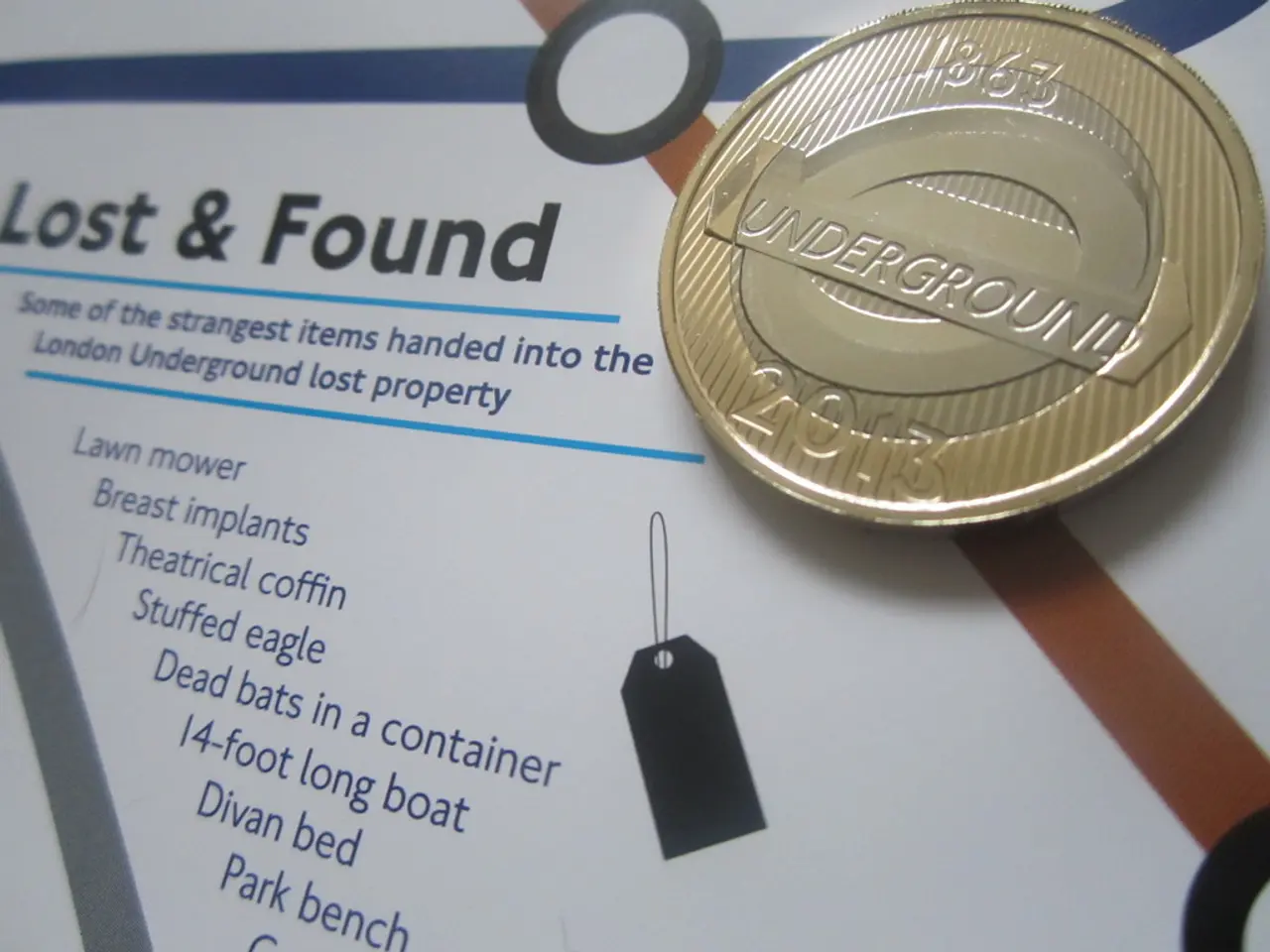Tripartite Success in Proof-of-Concept for Tokenized Promissory Notes Involving BIS, World Bank, and SNB
In a significant step towards the digital transformation of financial markets, the World Bank has issued a CHF 200 million digital bond on the SIX Digital Exchange. This move, in collaboration with the Swiss National Bank, is an example of how digital assets can be used in the issuance of traditional financial instruments like bonds.
The project, known as Project Promissa, is a proof of concept for tokenizing promissory notes. It involves the Swiss center of the BIS Innovation Hub, the Swiss National Bank (SNB), and the World Bank, with the International Monetary Fund (IMF) observing.
The trial found that using a blockchain as a single source of truth for tokenized promissory notes was beneficial. Each party in tokenized promissory notes has full control over their own activities, and the timescale for encashing these notes was compressed from weeks to seconds due to the use of multiparty signatures.
Project Promissa demonstrated several potential benefits of tokenizing government promissory notes. Increased efficiency and speed were noticeable, as tokenization allows for digital representation and automation of promissory notes, reducing settlement times and operational frictions compared to traditional paper-based or legacy digital processes.
Enhanced transparency and traceability were also evident. Using blockchain or distributed ledger technology for tokenized promissory notes enables real-time tracking and auditing of ownership and transfers, improving trust and compliance.
Improved security and fraud reduction were apparent, as tokenization can embed cryptographic security features making it harder to counterfeit or tamper with promissory notes.
Digital tokens can include programmable features such as automated interest payments, compliance checks, or redemption terms, facilitating new financial use cases and integrations within broader digital financial ecosystems. By automating administrative tasks and reconciliation, tokenization can lower the costs associated with issuance, transfer, and redemption of promissory notes.
These benefits align with the broader goals of improving sovereign debt management and financial market infrastructure modernization pursued by central banks and international financial organizations. The trial verified how digital tokens for government promissory notes could leverage distributed ledger technology to make government debt instruments more efficient, transparent, and secure while supporting innovation in public finance.
Jorge Familiar, VP and Treasurer of the World Bank, stated that the project helps reimagine a key part of financial architecture through tokenized promissory notes. The use of digital assets and blockchain technology by the World Bank and its collaborators is a powerful example of how these technologies can be harnessed for global good.
It's worth noting that Mr. Familiar and the World Bank previously collaborated with the Swiss National Bank to test the use of its pilot wholesale CBDC. The digital bond issued by the World Bank was done on the SIX Digital Exchange, further showcasing the bank's adoption of digital platforms.
Tokenizing promissory notes preserves privacy as activities are only shared between relevant parties. The trial for Project Promissa used Digital Asset's Canton blockchain. Replacing wet signatures with multiparty signatures in tokenized promissory notes speeds up encashing events from weeks to seconds.
The World Bank's collaboration with the Swiss National Bank is not limited to Project Promissa, as they have also worked together on testing the use of wholesale CBDC. The use of digital assets in financial transactions is another instance of the compression of timescales, as encashing the bond was done in seconds due to the use of digital assets.
In traditional methods, promissory notes are paper-based, signed with wet signatures, and couriered between countries, held in vaults at central banks. The shift towards digital platforms and tokenized promissory notes represents a significant leap forward in the modernization of financial markets.
- The World Bank's Project Promissa, a trial of tokenizing promissory notes, has demonstrated the potential benefits of using blockchain technology for government promissory notes, such as increased efficiency, speed, and transparency.
- The SNB's wholesale CBDC (central bank digital currency) was previously tested by the World Bank, signifying their ongoing collaboration in exploring digital financial solutions.
- Digital assets and blockchain technology used in Project Promissa have been shown to speed up encashing events, compressing timescales from weeks to seconds.
- The transition from traditional paper-based promissory notes to digital tokenized ones, as seen in Project Promissa, signifies a significant leap forward in the modernization of financial markets, bringing improvements in speed, transparency, and security.




